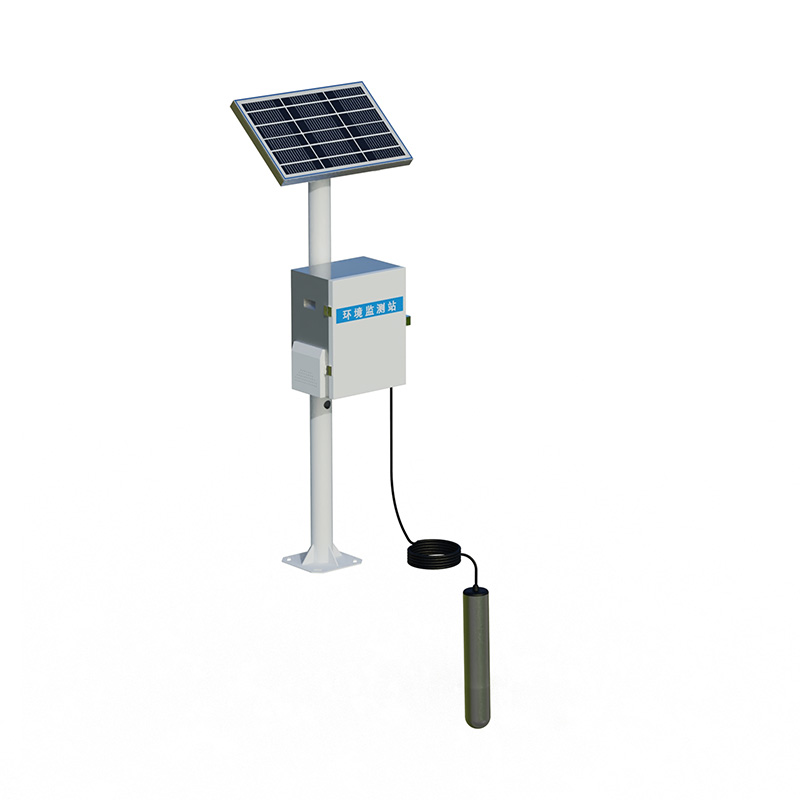Shandong Fengtu IOT Technology Co., Ltd
Sales Manager:Ms. Emily Wang
Cel,Whatsapp,Wechat:+86 15898932201
Email:info@fengtutec.com
Add:No. 155 Optoelectronic Industry Accelerator, Gaoxin District, Weifang, Shandong, China

Sales Manager:Ms. Emily Wang
Cel,Whatsapp,Wechat:+86 15898932201
Email:info@fengtutec.com
Add:No. 155 Optoelectronic Industry Accelerator, Gaoxin District, Weifang, Shandong, China

Model:FT-SL1
Brand:fengtu
Seepage Monitoring mainly consists of on-site inspection equipment, remote monitoring equipment and other parts.
Seepage Monitoring includes seepage pressure of dam body, seepage pressure of dam foundation, seepage around dam and seepage flow monitoring.On-site inspection equipment: composed of water meter, triangular weir, etc., responsible for measuring the seepage data of the reservoir and monitoring the flow rate of the reservoir site.
Remote monitoring equipment: that is, a remote control monitoring terminal, responsible for collecting data information detected by the on-site detection equipment and transmitting the on-site information to the monitoring center through wireless transmission.
Introduction to Seepage Monitoring
The water meter uses magnetostrictive sensor as liquid level measurement, and has the characteristics of high resolution, good stability, reliable performance, fast response speed, linear measurement, never wear, and long working life. The water meter measures the water head on the weir, and then calculate the flow rate based on the empirical formula of the weir trough (triangular weir, trapezoid weir, rectangular weir, etc.).
Seepage Monitoring Structure and Principle
The water measuring weir meter consists of a magnetic rod, a float ball, a measuring circuit and a stainless steel casing. When the water level in the weir trough changes, it will cause the float to generate a liquid level difference. The upper machine uses the current liquid level to subtract the calibration base value to the actual weir water level, and then calculates the flow rate according to the weir trough type.
Seepage Monitoring Product Features
●High precision, high resolution
●Good stability and fast response
●Low temperature drift
●Standard MODBUS protocol, strong applicability
Seepage Monitoring Specifications and Parameters
| Specifications and models | CZL-300 | CZL-500 | CZL-700 |
| Measurement range | 0~300mm | 0~500mm | 0~700mm |
| Sensitivity | ≤0.01mm | ||
| Power supply voltage | DC12V | ||
| Output signal | RS485 | ||
| Communication protocol | MODBUS-RTU | ||
| Protection level | IP67 | ||
| Insulation resistor | ≥10MΩ | ||
| Housing material | 304 stainless steel | ||
| External dimensions | Φ89×500mm | Φ89×700mm | Φ89×900mm |
| Cable type | 4 core + shielding/length 3m (customizable) | ||
Visibility, as an indicator reflecting atmospheric transparency, is an extremely important meteorological element for aviation, navigation, land transportation, and military activities. The application of automated measuring instruments for measuring atmospheric visibility, such as transmissive visi...
What happens when weather sensors are plugged into the Sea Ranch?What is a sea ranch?Within a selected sea area, through the establishment of comprehensive fishery facilities and management processes (e.g., large-scale marine organism hatchery bases, massive installation of artificial reefs, introdu...
iot sensors are hardware components that detect changes in the environment and collect data for collecting data from the surrounding environment and transmitting it over the network....
Ultrasonic Wind Speed Direction Sensor is a wind - measuring instrument produced by Fengtu....